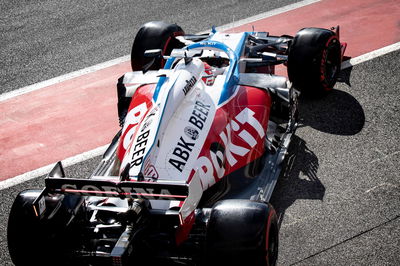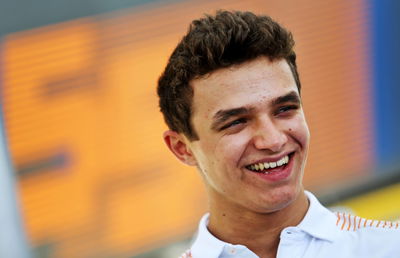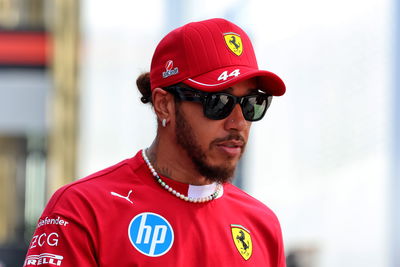What the pecking order might be when F1 2020 restarts
With F1 currently observing a hiatus from racing due to the ongoing global coronavirus crisis, we’ve decided to consider how the pecking order might stack up once the season restarts.
The opening eight races of the campaign have been postponed or cancelled amid the COVID-19 outbreak, leaving uncertainty remaining over when the 2020 season will be able to get underway.
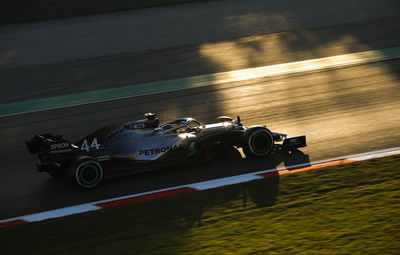
With F1 currently observing a hiatus from racing due to the ongoing global coronavirus crisis, we’ve decided to consider how the pecking order might stack up once the season restarts.
The opening eight races of the campaign have been postponed or cancelled amid the COVID-19 outbreak, leaving uncertainty remaining over when the 2020 season will be able to get underway.
F1 officials hope to kick things off at “some point” during the summer months and are targeting 15-18 races to make up this year’s world championship, with the possibility of the season extending into January 2021.
With only six days of pre-season testing at Barcelona – which now seems an age ago given recent developments – to go off, here’s my prediction of how the 10 teams could shape up once 2020 does begin.
1) Mercedes
2) Red Bull
3) Ferrari
4) Racing Point
5) McLaren
6) Renault
7) AlphaTauri
8) Alfa Romeo
9) Haas
10) Williams
It is worth remembering at this stage to take winter testing times with a (rather large) pinch of salt. But purely going by what we witnessed in Barcelona, here is an explanation for the order provided above.
Mercedes undoubtedly left Spain looking like the class of the field. It was the firm-favourite heading to Australia – before the planned season-opener was abandoned – after a strong fortnight of running.
The team’s W11 looked fast on both low and high fuel and seemed to be an improvement in terms of stability and handling in cornering, despite still having some erratic tendencies shared by its predecessor. It is safe to assume that Mercedes was holding back some performance and did not unleash the full potential of its latest contender.
Mercedes’ biggest concern from testing was reliability after it suffered some engine-related setbacks in both the works car and its customer squad Williams’ challenger. On the basis it can iron-out those issues before the start of the campaign, expect the German manufacturer to be leading the way once more in 2020.
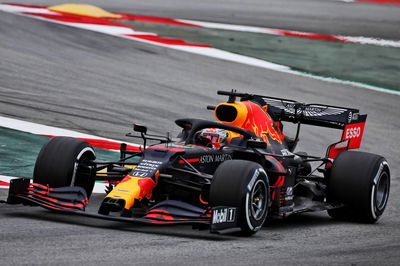
Red Bull also looked particularly strong during testing, and the overwhelmingly positive noises coming from both the drivers and team management suggested it is confident of starting the season on the front foot, which has been something of an Achilles’ Heel for the Milton Keynes outfit in recent times.
Max Verstappen described the RB16 as being “fast everywhere”, while power unit manufacturer Honda looks to have made further gains with its engine over the winter. The combination could prove to be a force to be reckoned with this year, after Verstappen notched up three victories on his way to finishing third in the championship in 2019.
One of the biggest question marks from winter testing hangs over Ferrari, with the Scuderia showing very little of its hand. On the face of it, Red Bull appears to have an advantage over Ferrari and looks set to emerge as Mercedes’ biggest threat, at least in the early rounds, but caution is advised if you are to totally write off Ferrari at this stage.
Ferrari’s approach of largely staying away from the top of the timesheets differed greatly to recent years, having ended testing with the quickest time every year since 2016 prior to this season.
Team principal Mattia Binotto insisted Ferrari had shown its “true” performance and was not sandbagging, rejecting a claim from Mercedes that its power unit was being run on low engine modes throughout testing. Time will tell whether Ferrari genuinely is on the back foot or has played an absolute blinder in fooling its rivals.
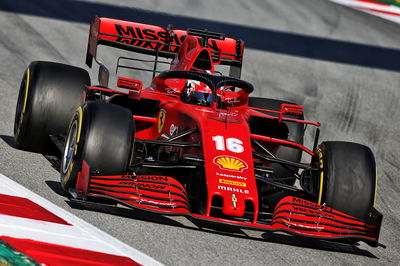
The top three once again look like they will remain a step ahead of the rest of the pack, although the midfield order may see a bit of a shake-up thanks to a controversial approach taken by Racing Point.
Racing Point turned heads in the paddock and caused a stir amongst its rivals when it rolled out its Mercedes-inspired RP20 design, which has been heavily influenced by the double championship-winning W10. Both Sergio Perez and Lance Stroll turned in some eye-catching low-fuel lap times throughout the six days of running and its race pace was also more than encouraging.
The Silverstone squad will hope its evolutionary design and bold approach will pay off as it looks to return to the front of the midfield now that it is finally reaping the benefits of fresh investment following Lawrence Stroll’s takeover.
McLaren and Renault were hard to judge, particularly as the 2019 midfield leaders had a solid if not spectacular test and quietly went about its business, while Renault showed a bit more of the potential of its R.S.20 thanks to some fast times posted by Daniel Ricciardo in the final two days.
McLaren will hope to make incremental gains on the solid foundations it built with its 2019 car, whereas Renault is in need of a design that can be more easily developed as the year goes on. Renault has made some visible changes to the nose and front-end of its latest offering in a bid to overcome the weaknesses that hampered its campaign last year.
We expect the fight for fourth to be closer than ever in 2020, but are giving Racing Point the edge over McLaren and Renault for now.
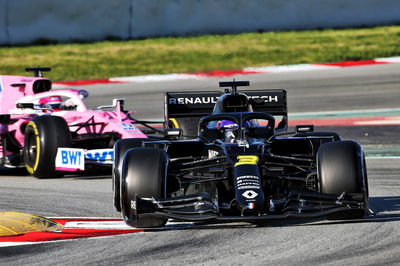
The rest of the midfield order is also rather muddied, with AlphaTauri, Alfa Romeo and Haas appearing relatively well-matched but a little way behind the likes of Racing Point, McLaren and Renault.
Out of those three, AlphaTauri in particular looked solid and will hope its joint-technological arms shared with Red Bull will see it mixing it up with the front-end of the midfield, especially if Honda has managed to make the kind of progress over the winter it hoped.
Alfa Romeo and Haas were not overly impressive across testing but both did enough to suggest they should at least be on a par with where they stood last year, if not in a better position. The main factor in deciding who is in a stronger place will be dependent on whether Haas has got to the bottom of the tyre-related performance issues that plagued its 2019 campaign – something very difficult to be certain of in the cold and unrepresentative conditions in February at Circuit de Barcelona-Catalunya.
It may not necessarily boast the absolute peak one lap speed of its 2019 car, but a more consistent package might help the American squad leapfrog Alfa Romeo, otherwise 2020 may end up being a similar story to last year.
Williams will be one of the happiest of the 10 teams despite looking like it is set for another season towards the tail end of the grid. Following its nightmare 2019 campaign, the British squad appears to have made a significant step forward with its FW43 challenger. The only problem is that its rivals have also made progress.
Don’t expect Williams to be charging up the order despite setting some impressive times, although there is enough to suggest it might not be permanently anchored to the back and may even be able to get involved with the likes of Haas and Alfa Romeo, and possibly join the fight for points on a good day.
There was much excitement and anticipation on the eve of the 2020 season, but with no end in sight to the coronavirus crisis, we may be waiting a while yet to find out answers and have the full picture revealed.
